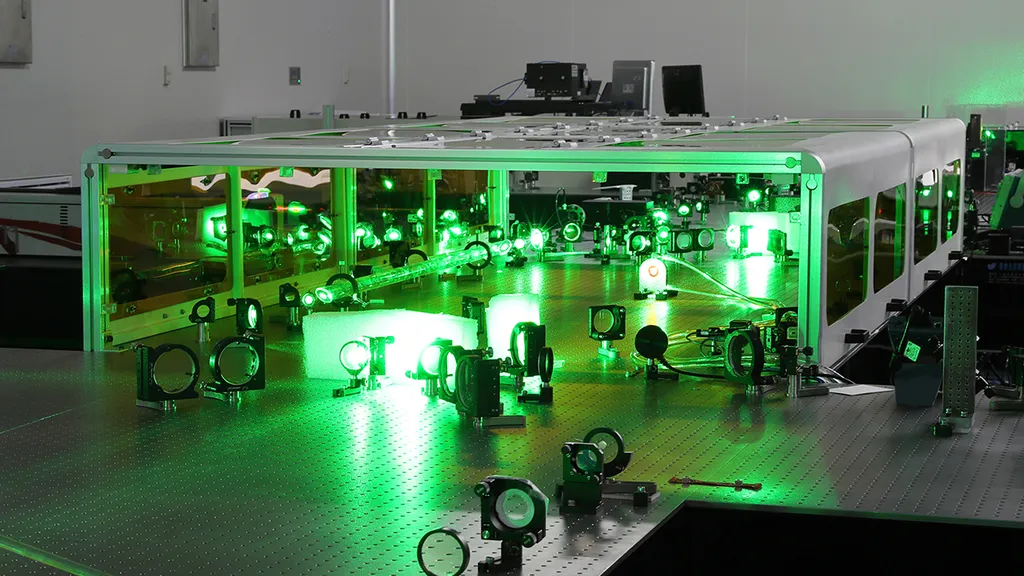In a groundbreaking study published in the *Journal of Materials Research and Technology* (translated from Chinese as *Journal of Materials Research and Technology*), researchers have uncovered a novel approach to enhancing the performance of deposited layers reinforced by Co3Fe7, a compound generated in situ. The research, led by Wenchao Xi from the School of Mechanical Engineering at Shenyang University of Technology in China, delves into the intricate relationship between remelting power, microstructure, and tribological properties, offering promising insights for the energy sector.
The study addresses a common challenge in additive manufacturing: the rapid heating and cooling rates often result in poor forming quality, which can compromise the performance of the deposited layers. To tackle this issue, Xi and his team adjusted the cobalt content to generate varying amounts of Co3Fe7 in situ within Fe-based deposited layers. They then subjected these layers to laser remelting at different power levels, meticulously analyzing the resulting microstructure and tribological properties.
The findings are both intriguing and practical. “An increase in remelting power does not lead to the generation of new compounds in the deposited layer,” explains Xi, “but it does lead to a change in the distribution of elements and Co3Fe7.” This redistribution has significant implications for the tribological properties of the deposited layers. As the remelting power increases, so do the coefficient of friction, wear width, wear depth, and wear rate, ultimately deteriorating the tribological properties.
Interestingly, the study also reveals that the trends in these tribological properties remain consistent regardless of the cobalt content or remelting power. The wear form, too, remains unchanged. However, the researchers identified an optimal condition: when the cobalt content is 10 wt% and the remelting power is 550 W, the deposited layer exhibits excellent tribological properties.
The commercial impacts of this research are profound, particularly for the energy sector. The ability to fine-tune the microstructure and tribological properties of deposited layers can lead to the development of more durable and efficient components for energy applications. From turbine blades to drilling equipment, the potential for enhanced performance and longevity is substantial.
As the energy sector continues to evolve, the demand for advanced materials and manufacturing techniques grows. This research not only sheds light on the intricate interplay between remelting power and microstructure but also paves the way for future developments in the field. By understanding and controlling these variables, engineers and researchers can push the boundaries of material performance, ultimately driving innovation and efficiency in the energy sector.
In the words of Wenchao Xi, “This study provides a foundation for further exploration and optimization of deposited layers, opening up new possibilities for their application in various industries.” As we look to the future, the insights gained from this research will undoubtedly shape the next generation of materials and technologies, propelling the energy sector towards new heights.

